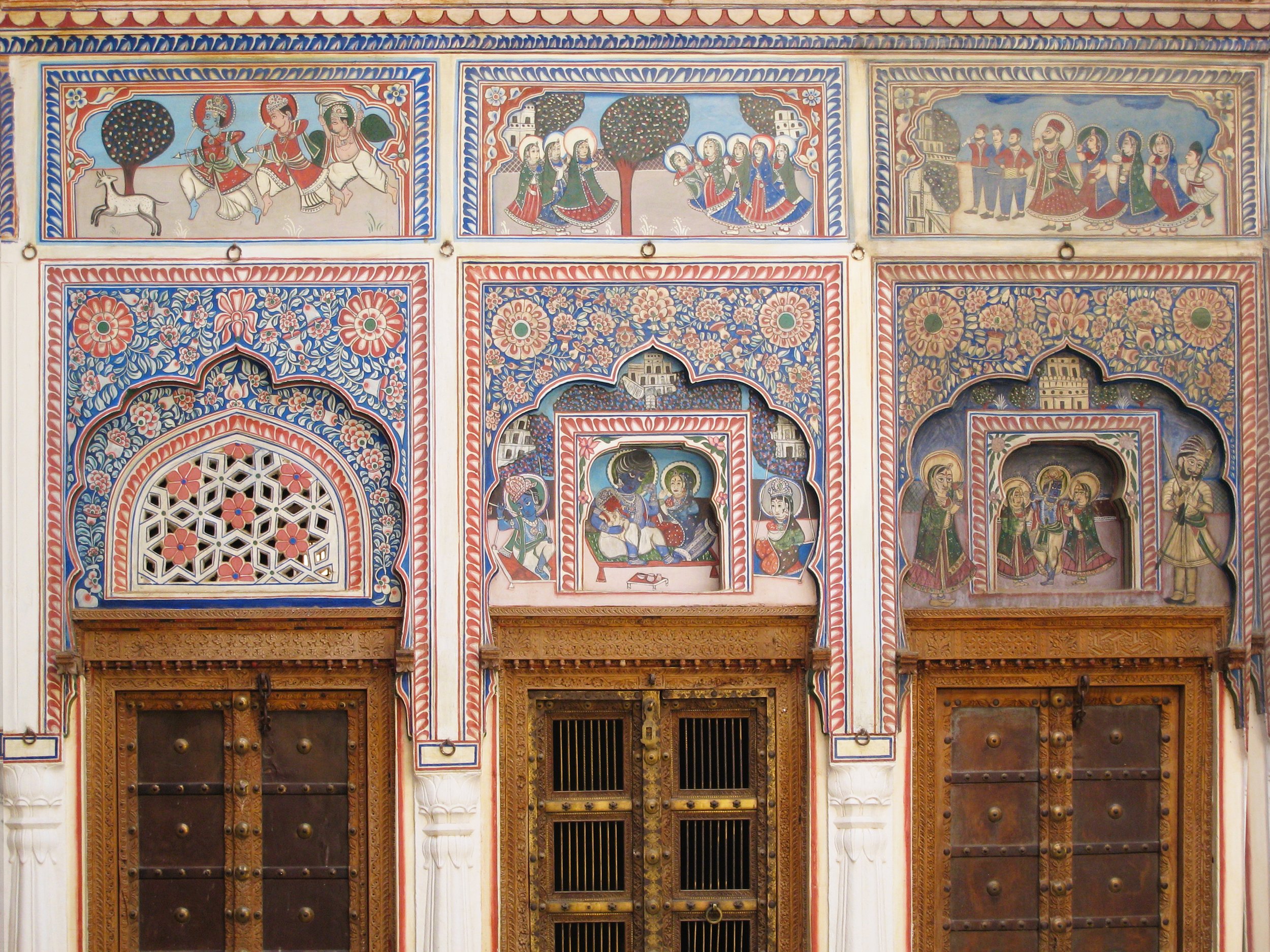2022-2023 Key Themes: Made in India—Home Textiles and Furnishings
From Indian design studios and European upholstery brands to large American fabric companies, find out how brands producing in India are impacting the interiors market this year and how collaboration is becoming the name of the game.
Armadillo Rugs
Combining first-hand experience with deep research (including support from Sayali Goyal, Founder of independent Indian publication Cocoa and Jasmine), we created a comprehensive 200-page report of new Made-in-India offerings curated into 9 visual themes, a key color report, 19 exclusive Q&As with Indian, European, and American brands producing in India, and a fascinating conversation with renowned textile collector Karun Thakar.
Exchange of Materials and Traditions, Then and Now
According to the 2021-22 annual report by the Ministry of Textile, India holds a 4% share in the global trade in textiles and apparel. But India’s specializations in fine handicrafts, natural fibers, and unique weaving capabilities make it a much bigger supplier of high-end textiles than the statistic implies.
Contemporary textile connoisseurs and ateliers are fostering new associations and exchanges with artisans to seek inspiration, build stronger enterprises, and make quality products. This is a suitable way to provide massive direct and indirect employment to people in rural and semi-urban areas, specifically women and marginalized communities. By reinvigorating textile cultures and heritage, we are now in the position to sensitively contribute to material knowledge, and meet the demands of consumers seeking responsible—and beautiful—textiles.
Preview the exclusive trend insights from this report below.
Analysis
Here is a high-level overview of the emerging theme directions detailed in the report:
Athangudi | Tiled Tiled courtyards are a mainstay of Indian, Middle Eastern, and Mediterranean architecture, and provide endless inspiration for surface designers. From inlaid stone and marble to printed and woven textiles, these repeating patterns delight the eye.
Kerala | Tropical Tropical patterns inspired by the botanical life that flourishes in Kerala; from spice gardens to tea plantations to palm-lined beaches. The Mughal-influenced palms and tropical flowers create a visual feast in this garden paradise.
Nagaland | Woven From the tribal back strap weaving of Nagaland to the once-famed Madras checks, the output of Indian wovens include many yards of plaids, stripes and ginghams.
Cholamandal | Expression An artists’ commune near Chennai that was established in 1966 by K.C.S. Panikar, a village still active and successful today where artists express their work in a range of styles.
Shekhawati | Illustrated The tradition of visual storytelling is still strong, with quirky and soulful motifs adorning carpets, textiles, and bedding. Witty and lively conversations are enjoying widespread popularity and will continue to be important as consumers embrace personal and joyful decor.
Chandigarh | Modern Based on the vision of Le Corbusier, simple geometric forms are used to great effect in carpets, pillows and repeating patterns. Bold designs are created by strict color blocking, careful composition, and brutalist influence.
Himalayas | Natural From rustic linens and wovens with a feeling of khadi to patched in stitched kanthas to hand-knotted wool rugs; inspired by the Ladakh plateau in the Himalayas.
Lothal | Vedic Geometry Mystical and magic symbols are prevalent in surface pattern as designers and consumers alike search for meaning in their surroundings.
Agra | Flower Garden The home of the Taj Mahal: ruled by the Mughal dynasty who were patrons of the decorative arts and architecture and prized floral motifs, gardens, and botanicals.
(Each theme in the report comes complete with full analysis including looks, materiality and techniques, examples, and behind-the-scenes interviews)
To get an idea of how we analyze each theme, find a preview of Shekhawati | Illustrated below:
Painted havelis in Shekhawati. Courtesy of The Textile Eye
Shekhawati | Illustrated
Shekhawati is a town in northeast Rajasthan renowned for its illustrations. In the 18th and 19th centuries, wealthy local merchants built stunning houses called havelis, and hired artists to paint every surface of the walls facing the streets and the internal courtyards. These frescoes might tell stories of their trades or their travels set alongside religious iconography and scrolling decorative borders. The tradition of visual storytelling is still strong today with quirky and soulful motifs adorning carpets, textiles, and bedding. Witty and lively conversations are enjoying widespread popularity and will continue to be important as consumers embrace personal and joyful decor.
LOOKS
Imaginative layouts often incorporating decorative elements
Detailed & accurate renderings of insects, flora & fauna
Print techniques from fine screens to graphic hand blocks
Wild & over-scaled depictions of unusual motifs
Fun light hearted treatment of a subject matter
Intricate hand-knotted carpets
Metallic accents, especially gold
Fine embroidery
Vivid storytelling
We hope you enjoyed this preview!
Read Report 14: Textile Mastery: Made in India to access all the insights and inspiration.
Already a subscriber? Login now. Not a subscriber yet? Connect with us.
You might also like:


























